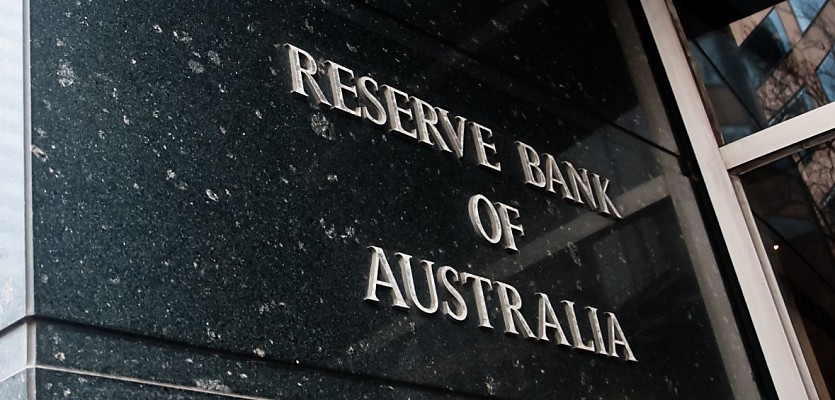Ahead of the Reserve Bank of Australia’s upcoming February 2025 cash rate call, an industry expert has advised that a potential rate cut could both boost borrowing capacities and pave the way for further price growth over the year.
Recent analysis from Canstar has shown that the maximum amount property borrowers can borrow from the bank for a mortgage could significantly rise if the Reserve Bank of Australia (RBA) cuts the cash rate today.
The company’s findings revealed that a single person earning the average full-time wage of $100,292 could see their borrowing capacity increase by $12,000 if the RBA cuts the cash rate to 4.10 per cent, and this decision is passed on to new customer variable rates for home loans.
Within this projection, a couple who are both making the average full-time wage would see their borrowing capacity increase by $23,100, while a family making one-and-a-half times the average full-time wage with two kids would see their borrowing capacity increase by $14,900.
While Canstar described the increase to a prospective buyer’s maximum borrowing capacity following a single RBA rate as “modest”, the company said the first cut could lift confidence and bring more prospective buyers into the market.
This increased buyer sentiment was evident in the results of Canstar’s Consumer Pulse Report, which surveyed 2,003 Australians to determine that 44 per cent of current home owners are open to expanding their property ladder over the next two years by purchasing an investment property.
Notably, the most common motivator for these property ambitions is the prospect of lower interest rates (25 per cent), followed by reduced living costs (23 per cent) and falling property prices (20 per cent).
Data insights director at Canstar, Sally Tindall, said “a cash rate cut this Tuesday will boost people’s home buying budgets across the country” and commented that “while any rise will be relatively modest, it’s likely to lift confidence in the market and potentially coax buyers back in”.
“Property prices often boil down to supply and demand. If more buyers pile back into the market in key hotspots, prices are likely to rise on this tide,” Tindall said.
The director noted that new buyers entering the market “have the capacity to increase demand and therefore prices”, and in the longer term, generate greater interest in new builds which could “potentially help lift supply”.
Existing borrowers also set to benefit from a February rate cut
For an owner-occupier paying principal and interest on the average variable rate of 6.32 per cent, and with 25 years remaining on a loan of $600,000, Canstar said a single “0.25” percentage point cash rate cut, if passed on in full by the banks, would see minimum monthly repayments drop by $92.
Under this methodology, an owner-occupier with a loan size of $750,000 would see their minimum monthly repayments drop by $115, while an individual with $1 million loan would benefit from minimum monthly savings of $154.
“A rate cut in February could inject $92 a month back into the budget of someone with a $600,000 mortgage, with potentially more RBA cuts waiting in the wings,” Tindall said.
“While a drop of $92 represents just 2 per cent of a person’s minimum monthly repayments, borrowers who are keeping their budgets together with sticky tape will relish the extra wiggle room.”
Ahead of the RBA first cash rate decision for 2025 later today, Westpac yesterday re-calibrated its lowest variable rate in a bid to ease the “mortgage war” that follows a rate cut.









You are not authorised to post comments.
Comments will undergo moderation before they get published.